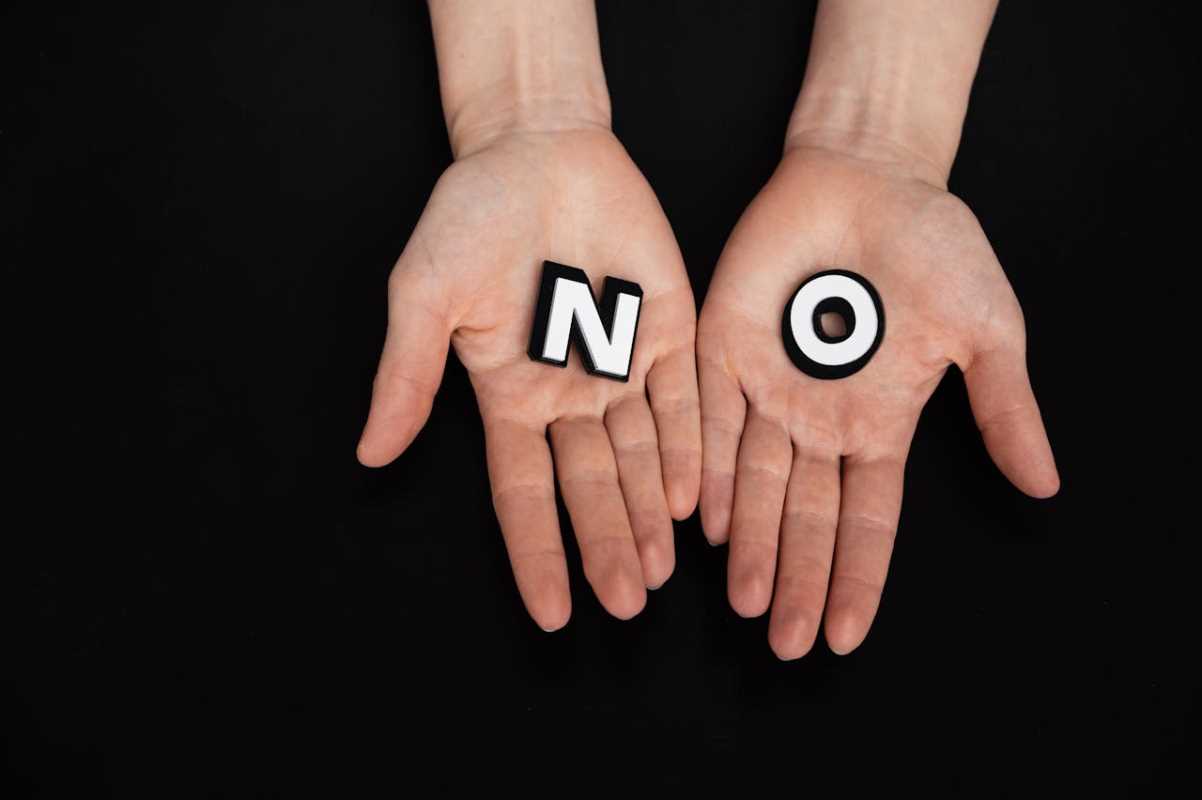Everyone has habits. They are the small, repeated actions that shape our days and, ultimately, our lives. Some habits propel us forward, while others can hold us back, creating invisible burdens that affect our health, happiness, and success. Breaking free from self-sabotage is a powerful step toward personal growth and well-being. This journey requires self-awareness, strategy, and patience. It is not about achieving perfection overnight but about making consistent, positive changes. This article will explore practical, proven methods to identify your unhealthy habits, understand their triggers, and replace them with behaviors that support a lighter, more fulfilling life. We will provide clear, actionable steps to guide you through this transformative process.
Understanding the Habit Loop
Habits are not simply a matter of willpower; they are neurological patterns wired into our brains. The process of how a habit is formed and reinforced is often described by a concept known as the "habit loop." This loop consists of three distinct parts: the cue, the routine, and the reward. Understanding this structure is the first step toward changing any behavior because it allows you to dismantle the habit piece by piece instead of trying to fight it with brute force.
The cue is the trigger that tells your brain to go into automatic mode and which habit to use. Cues can be almost anything: a specific time of day, a certain location, an emotional state, or the presence of other people. For example, feeling stressed (emotional state) might be a cue to bite your nails.
The routine is the behavior itself—the physical or mental action you take. This is the part of the habit you are usually most aware of, such as smoking a cigarette, endlessly scrolling through social media, or reaching for a sugary snack. It is the action that follows the cue.
The reward is the positive feeling or outcome you get from the routine, which tells your brain that this particular loop is worth remembering for the future. The reward reinforces the habit. A cigarette might provide a feeling of relief, social media can offer a distraction, and a cookie delivers a pleasant taste and a quick energy boost.
Step 1: Identify Your Unhealthy Habits and Their Cues
You cannot change what you do not acknowledge. The first practical step is to become a detective in your own life. Start by identifying the specific habits you want to change. Be honest with yourself. These might include behaviors like procrastinating on important tasks, eating junk food late at night, or engaging in negative self-talk. Make a list of these routines.
Once you have your list, your next task is to uncover the cues for each habit. For one week, carry a small notebook or use a notes app on your phone. Every time you catch yourself engaging in one of your targeted habits, write down the answers to these questions:
- Where are you?
- What time is it?
- What is your emotional state? (e.g., bored, tired, stressed, happy)
- Who else is around?
- What action immediately preceded the urge?
This data collection will reveal patterns. You might discover that you only snack on chips when you are watching television on the couch after 9 p.m. Or perhaps you find that you procrastinate most when you are feeling overwhelmed by a large project at your desk. Pinpointing these cues is crucial because it gives you a specific trigger to address.
Step 2: Experiment with New Rewards
Habits are powerful because they deliver a reward that your brain craves. The key to redesigning a habit is not to ignore the craving but to satisfy it with a healthier routine. The cue and the reward often remain the same; you only change the routine that connects them. To figure out what reward your habit is truly delivering, you need to experiment.
Let’s say your habit is getting up from your desk every afternoon around 3 p.m. and buying a cookie from the cafeteria. The cue might be the time of day and a feeling of low energy. The routine is walking to the cafeteria and buying a cookie. But what is the reward? Is it the sugar rush? A break from work? The social interaction? Or simply the change of scenery?
To find out, try a different routine each day for a week.
- Day 1: Instead of getting a cookie, walk outside for 10 minutes and then go back to your desk.
- Day 2: Go to the cafeteria, but buy a cup of tea or a piece of fruit instead.
- Day 3: Walk over to a coworker's desk and chat for a few minutes.
- Day 4: Do a few stretches by your desk.
After each new routine, ask yourself: do I still have the urge for a cookie? If you walked outside and the craving disappeared, the reward you were seeking was likely a temporary distraction and a break from work, not the cookie itself. Once you identify the real reward, you can find a healthier routine that provides it.
Step 3: Create a Plan for a New Routine
Now that you have identified your cue and the reward you are truly seeking, you can create a conscious plan to substitute a better routine. An effective way to do this is by using a simple "implementation intention" formula: "When [CUE] happens, I will [NEW ROUTINE]."
This plan creates a clear and immediate action to take the moment the cue appears, removing the need for in-the-moment decision-making. Writing it down makes it more concrete and increases your chances of success.
Here are some examples based on common habits:
- Habit: Mindlessly scrolling social media when bored.
- Cue: Feeling bored.
- Reward: Mental stimulation and distraction.
- New Plan: "When I feel bored, I will read one chapter of a book."
- Habit: Eating junk food while watching TV.
- Cue: Sitting down to watch TV at night.
- Reward: Oral fixation and sensory pleasure.
- New Plan: "When I sit down to watch TV at night, I will brew a cup of herbal tea."
- Habit: Hitting the snooze button repeatedly.
- Cue: The alarm going off.
- Reward: A few more minutes of perceived rest.
- New Plan: "When my alarm goes off, I will immediately put my feet on the floor and stand up."
Step 4: Practice Patience and Self-Compassion
Changing a habit is a process, not a single event. There will be days when you succeed and days when you fall back into old patterns. This is a normal and expected part of the journey. The most important thing is to avoid the "all-or-nothing" mindset, where one slip-up makes you feel like a failure and causes you to give up entirely.
Practice self-compassion. Instead of criticizing yourself, treat the setback as a learning opportunity. Ask yourself what went wrong. Did a new, unexpected cue appear? Was the new routine not rewarding enough? Acknowledging the misstep without judgment allows you to adjust your plan and try again tomorrow.
Remember that you are rewiring years of automated behavior. It takes time for the new neural pathways to become stronger than the old ones. Celebrate small victories along the way. Each time you successfully implement your new routine, you are casting a vote for the person you want to become. These small wins build momentum and reinforce the new, healthier habit loop.
Lighten Your Load by Building Better Habits
Unhealthy habits can feel like heavy weights that hold you back from living your best life. However, you have the power to put them down. Most importantly, be patient and kind to yourself throughout the process. Every step you take, no matter how small, is a move toward a lighter, freer, and more intentional way of living.
 (Image via
(Image via





